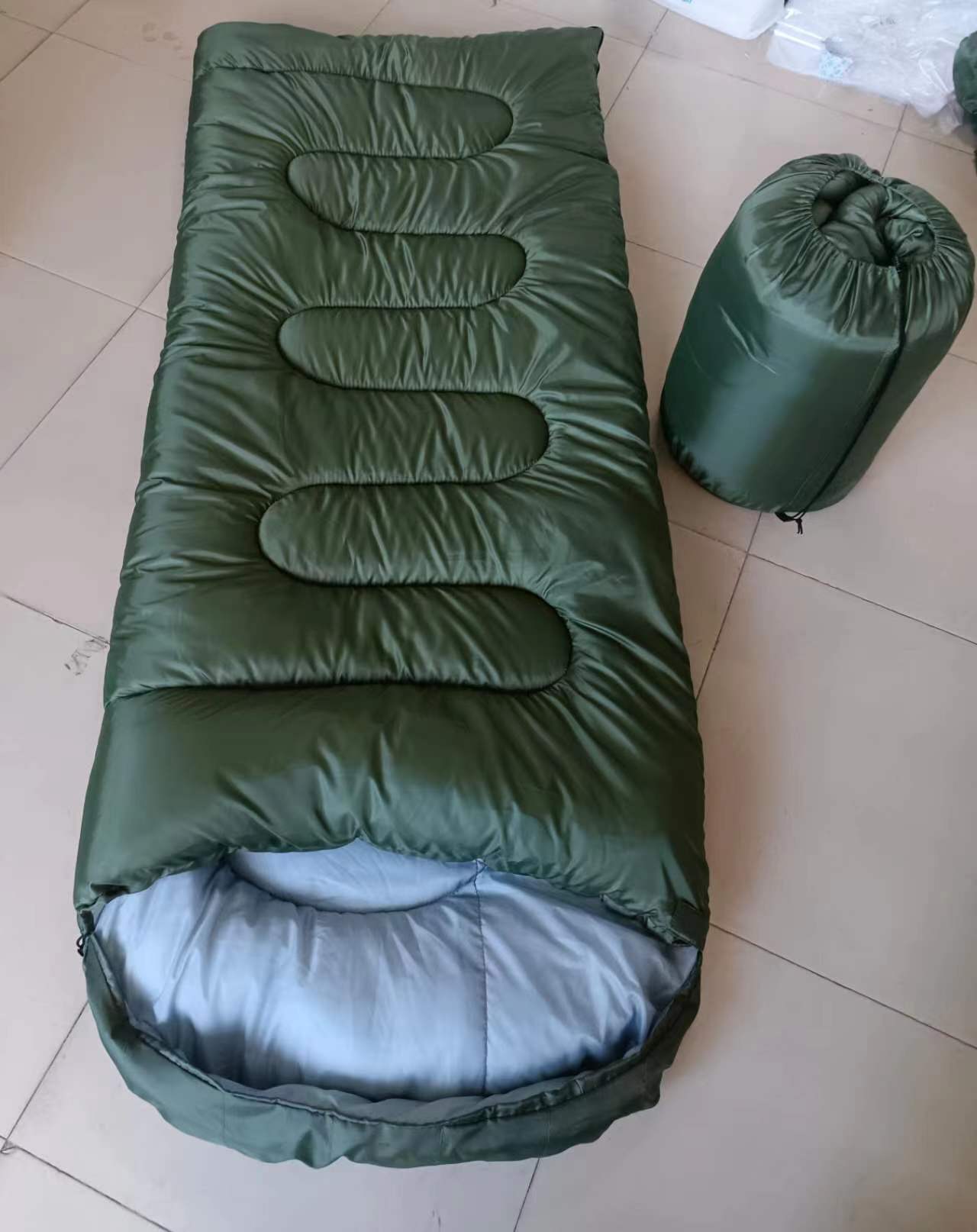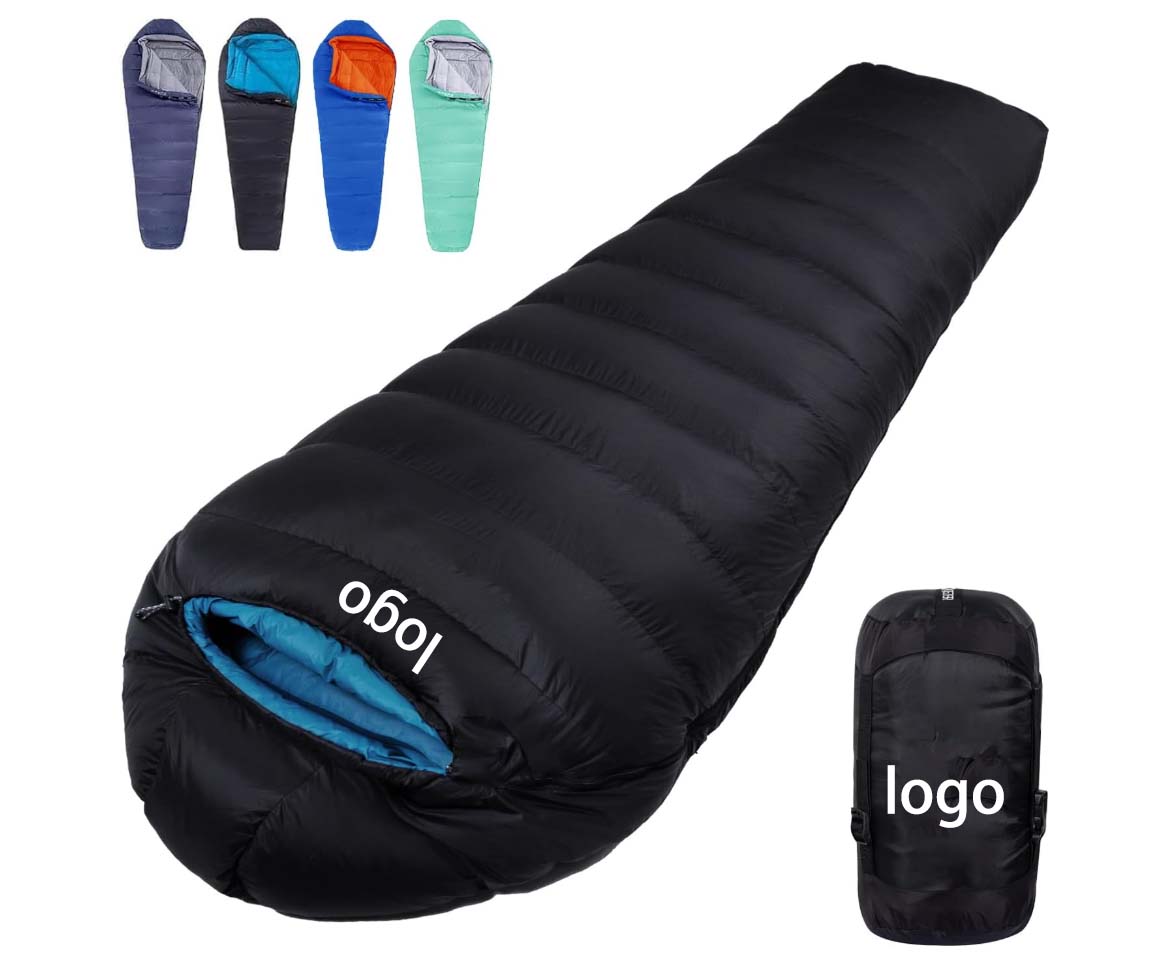News
how to choose the right outdoor camping Sleeping Bags
Outdoor Camping Guide: 3 Steps to Choose the Right Sleeping Bag and Stay Warm All Night
Your sleeping bag can make or break your camping experience. A poor choice might leave you shivering or risking hypothermia. Here’s how to pick the perfect one in three key steps:
1. Temperature Rating: Decode the Labels
Don’t just glance at the numbers—understand what they mean. The “Comfort Rating” indicates the range where most people sleep comfortably (e.g., a “Comfort -5°C” bag suits early winter in northern regions or alpine camping below 2,000m). The “Limit Rating” is the survival threshold, not a comfort zone. Always choose a bag rated 5°C lower than your expected nighttime temps to handle mountain weather swings.
2. Fill Material: Down vs. Synthetic
Down (Goose/Duck):
Opt for 800+ fill power for ultralight backpacking—it compresses to a water bottle size. But avoid it in humid climates; wet down loses 50% insulation.Synthetic (e.g., Primaloft):
Retains 70% warmth when damp, perfect for coastal or rainy trips. Look for box-baffle designs to boost warmth by 20%.
Pro Tip: Down costs 2-3x more than synthetic. Prioritize down for weight-conscious hikers; choose synthetic for family car camping.
3. Design Details: Small Features, Big Impact
Draft Collar: Reduces heat loss by 30% at the shoulders.
Two-Way YKK Zipper: Lets you vent your feet or fully open the bag as a quilt.
Hood Cinch: Adds 5°C warmth around your neck.
Packed Size: Backpackers need <20L compression; car campers can opt for zip-together doubles.
Common Mistake Alert: Overkill “extreme cold” bags add unnecessary weight. For spring/fall trips, pair a -5°C to 5°C bag with a fleece liner instead of buying a bulky -15°C model.
Final Wisdom: Balance weight, warmth, and budget. Start with a 3-season bag and pair it with a foam pad to boost insulation by 15%. Test your bag indoors first—if you can’t roll over freely, you’ll regret it under the stars.

![]()

Related News
- Shanghai Food Expo on 2025--food suppl 2025-05-27
 Vicky
Vicky yafurui
yafurui